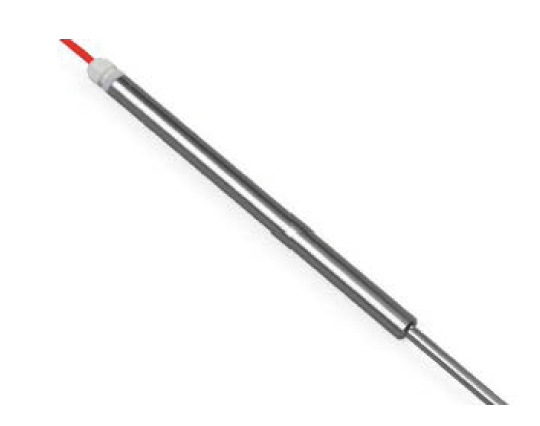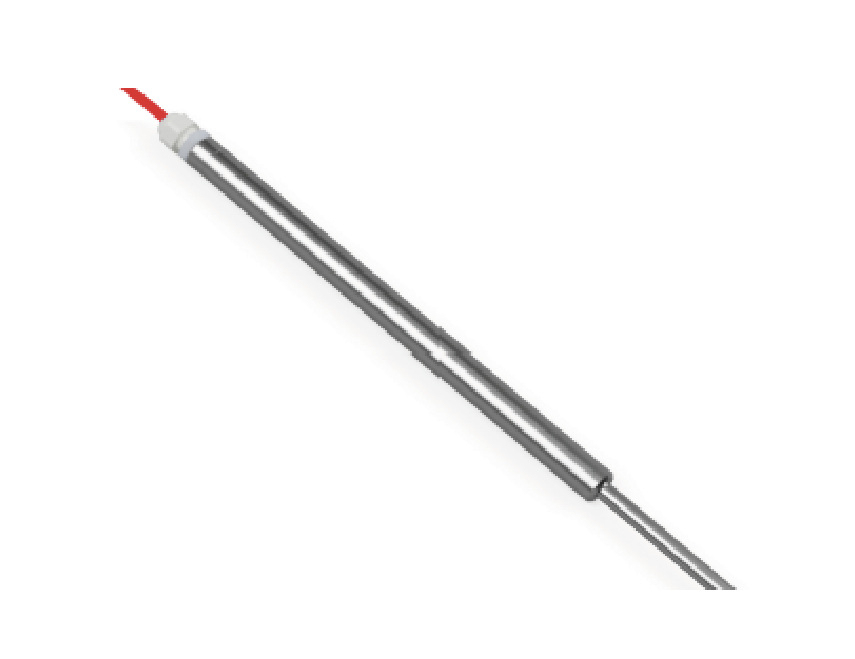
Settlement Plate
The settlement plate is used to detect any settlement, subsidence and deformation of artificial embankments, both during construction and in the management phase. Simplicity of installation
Pizzi Instruments offers:
ROD EXTENSOMETERS:
Rod or multiple point extensometers with long base, allow precise monitoring of displacement, relative movement and deformation of rock and soil at different depths and distant from the measuring point.
The extensometers are made of one or more rods of different material depending on the specific application, to a maximum of six, which are inserted in a borehole and anchored, by means of a specific device, at different depths or distances (horizontal holes). The opposite end of each rod is then connected to a reference head and left free to slide inside this. Displacements of the anchor points relative to the reference head, or vice versa, movements of the reference head relative to the anchor points of the individual rods are measured directly at the head by means of mechanical and manual instrumentation for example centesimal dial gauges and calipers, or automatically by means of special electrical displacement gauges (LVDT, potentiometric and vibrating wire).
The rods can be made of stainless steel, Invar steel or fiberglass, depending on the material of the structure and the type of measurement required.
Typical applications include the shifting and settling of foundations, relaxation or failure of the rock around tunnels, shafts, caves, excavations in general, monitoring of natural slopes, quarries and mining operations, monitoring of deformation of retaining walls, bridge piers, dam shoulders, dam foundations and various other works.
SETTLEMENT PLATE:
This device is used for the measurement of settlement in the ground, foundations and other areas of embankments and has only one measuring point per column.
The settlement gauge plate is formed by a sturdy plate integrated with the measuring point or reference point, to which the measuring rod is connected with a flexible tube for protection and guidance. The opposite end is free to slide inside the guide element which is fixed to the external measuring and reference point. A graduated leveling staff or centesimal gauge located on the rod measures changes of distance between the plate and the external reference point.
Fittings are available for the installation of automatic sensor heads for the measurement.
USBR extensometer:
The USBR extensometer allows the measurement of deformation in embankments, both in the foundations and in the various layers of the embankment itself. It consists of a extensometer column made of pairs of galvanized iron tubes, of differing diameter which can slide between themselves and are attached to a steel plate fixed to the ground.
Using the USBR probe, the position of the lower part of the smaller diameter tube can be measured.
The measuring unit is composed of a graduated tape in stainless steel mounted on a roller support that is fixed to the column head and holds a metric vernier; The USBR probe is attached to the free end of the tape which supports it during its descent and ascent inside the settlement column during measuring. Devices for collimation, leveling and triangulation can be applied to the head element enabling its correlation with external fixed points.

The settlement plate is used to detect any settlement, subsidence and deformation of artificial embankments, both during construction and in the management phase. Simplicity of installation

The BRS-type settling meter is used for checking settlements or subsidence in road embankments, foundations, dams etc.; it is preferred to other methods when the embankment,

Rod extensometers are used in geotechnical monitoring to monitor and measure with precision movements of one or more surface points, with respect to points considered fixed

Our magnetic probe, of the inductive type is designed by us for use in settlement gauge columns made of PVC, ABS or plastic material and equipped

The USBR settlement system is used for the measurement of settlement, deformation and ground subsidence in embankments, including of considerable size. The settlement column is purely

Vibrating wire settlement cells are used for measuring the relative settlement between two distant points, one of which is sited in a place which is difficult

The electrical displacement transducer is a sensor that is proposed by us for the control of relative movements betwee twopoints. Due to its small size (diameter)

The electrical displacement transducer is a sensor that is proposed by us for the control of relative movements between two points. Due to its small size
Copyright © Pizzi Instruments S.r.l
Powered by Dotflorence® Srl